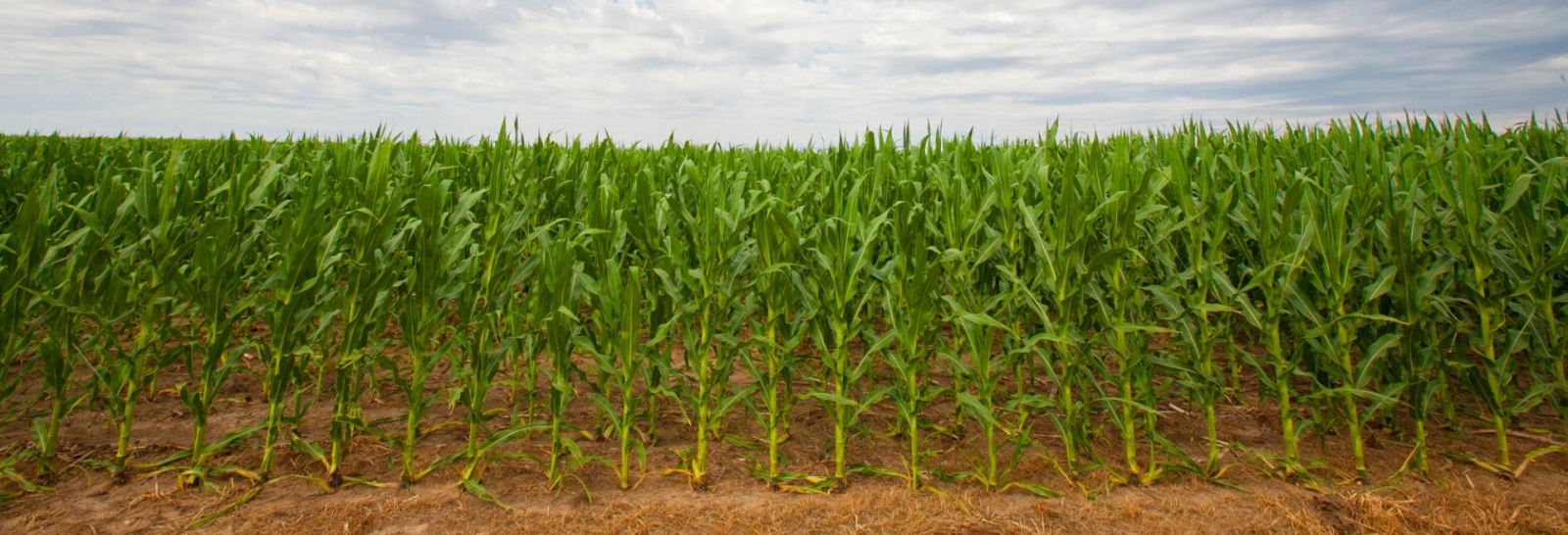April 3, 2009
|
Case Studies: How Producers Are Modifying Their Phosphorus Use
Following are three examples of how producers are adjusting their phosphorus applications this year, followed by comments related to the Q&A discussion. Case 1. A no-till producer with Bray 1P levels between 13 and 22 spreads 50 lb of 11-52-0 dry on the fields and cuts starter fertilizer to 2 gallons per acre of 10-34-0 applied with the seed.
Case 2. A no-till producer with Bray 1P levels between 11-22 applied manure to replace dual placement 10-34-0 with the anhydrous and is dropping to 2 gallons per acre of 10-34-0 with the seed.
Case 3. A no-till producer with P1 levels between 13-35 is going to use 1-2 gallons of UAN as a starter and no P.
|
Q1. How can I reduce my phosphorus fertilizer expense this year?
The first management practice is to have a current soil test that you can rely on. With the cost of inputs these days, getting a good soil sample is relatively less expensive and essential for efficient management. Use the University of Nebraska–Lincoln recommendations. If your soil test levels are over 25 ppm Bray 1, don't use any phosphorus. We are now recommending the following formula:
Corn after corn UNL phosphorus recommendation based on Bray 1P test:
(25 - Bray 1P) x 4
For example, if your soil test is 15, the recommendation would be 40 lb P2O5 per acre [(25-15) x 4 = 40]. We also suggest that band application can be 50% of the broadcast recommendation. Therefore, with a soil test of 15 and a broadcast recommendation of 40 lb P2O5/acre, you would band 20 lb P2O5/acre.
(Also see these CropWatch articles: Corn Fertilizer Decisions for 2009: Phosphorus, Potassium, Sulfur and UNL Research: Phosphorus Increase Indicated for Continuous Corn.)
Q2. What is more economical: broadcast dry P or band liquid 10-34-0?
In order to answer this question we need to know the price of the fertilizers and the rate of application for each. If we take advantage of the placement efficiency described above, we'll need to compare 20 lb of P2O5 as 10-34-0 to 40 lb of P2O5 as 11-52-0. At a fertilizer dealership in northeast Nebraska on March 31, 10-34-0 was selling for $695/ton delivered and 11-52-0 was $625/ton delivered. If the nitrogen value is removed from the cost (at $ 0.58/lb N), then the 10-34-0 is $0.94/lb P2O5 and the 11-52-0 is $ 0.54/lb P2O5.
If we consider prices and efficiency, without including application costs, the cost of the 10-34-0 is $18.80/acre and the 11-52-0 is $21.60/acre. If you wanted to go with the 11-52-0 even though it's more expensive, you could spread two year's worth of phosphorus at one time and spread the application cost over two crops. The least cost would be to use the dry material as a starter.
Q3. If I apply a half-rate as starter fertilizer over a number of years, what is the long-term effect?
Depending on yield levels, there will be long-term depletion of the soil P levels with either the 20 or 40 lb P2O5 application rate. Remember, the initial question we looked at is what are the most economical application rates during a period of high prices; not the best program for the long term. The idea is to supply enough P in the most effective way for the 2009 crop, then when prices lower, add more P.
Q4. These examples all relate to corn after corn. Didn't you just change your P recommendations for corn after soybeans?
Yes, we now are recommending the following formula:
Corn after soybean UNL phosphorus recommendation based on Bray 1P test:
(17 - Bray 1P) x 6
In this case, a Bray 1P 15 ppm soil test would only require 12 lb of P2O5 and it would not be worth it to spread 11-52-0 at that rate.
Charles Shapiro
Extension Soil Scientist, Haskell Ag Lab
Paul Hay
Extension Educator, Gage County
